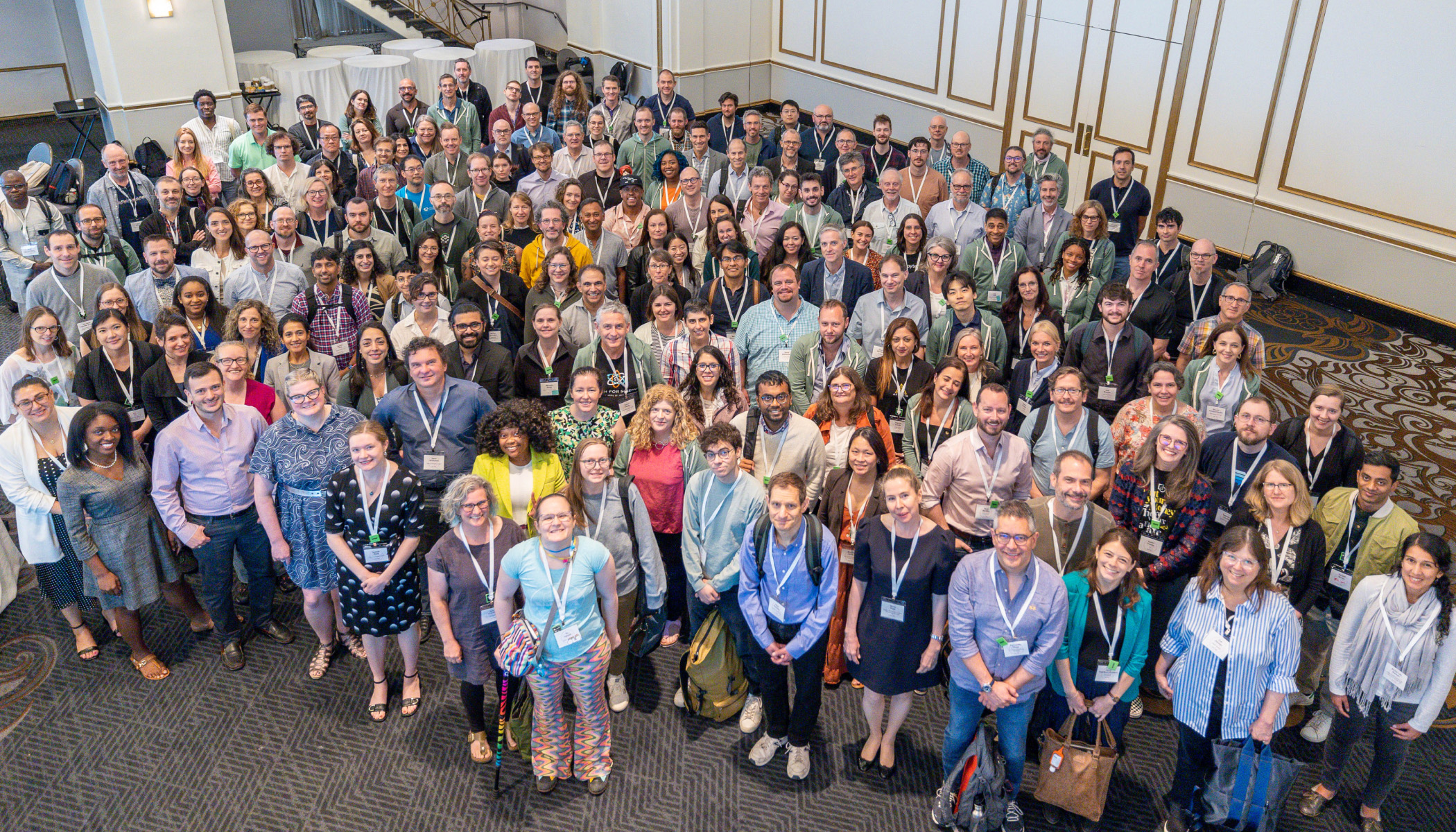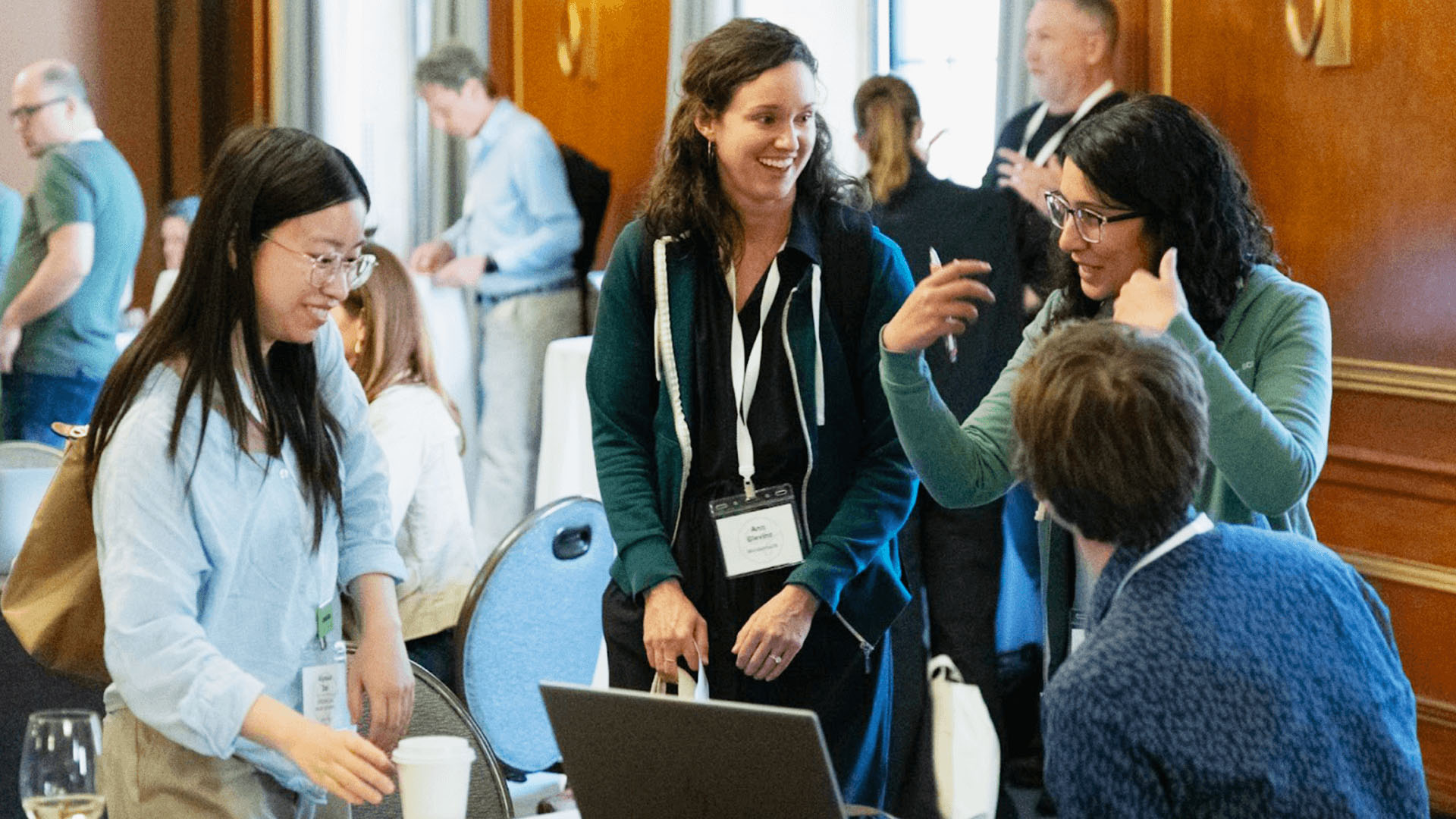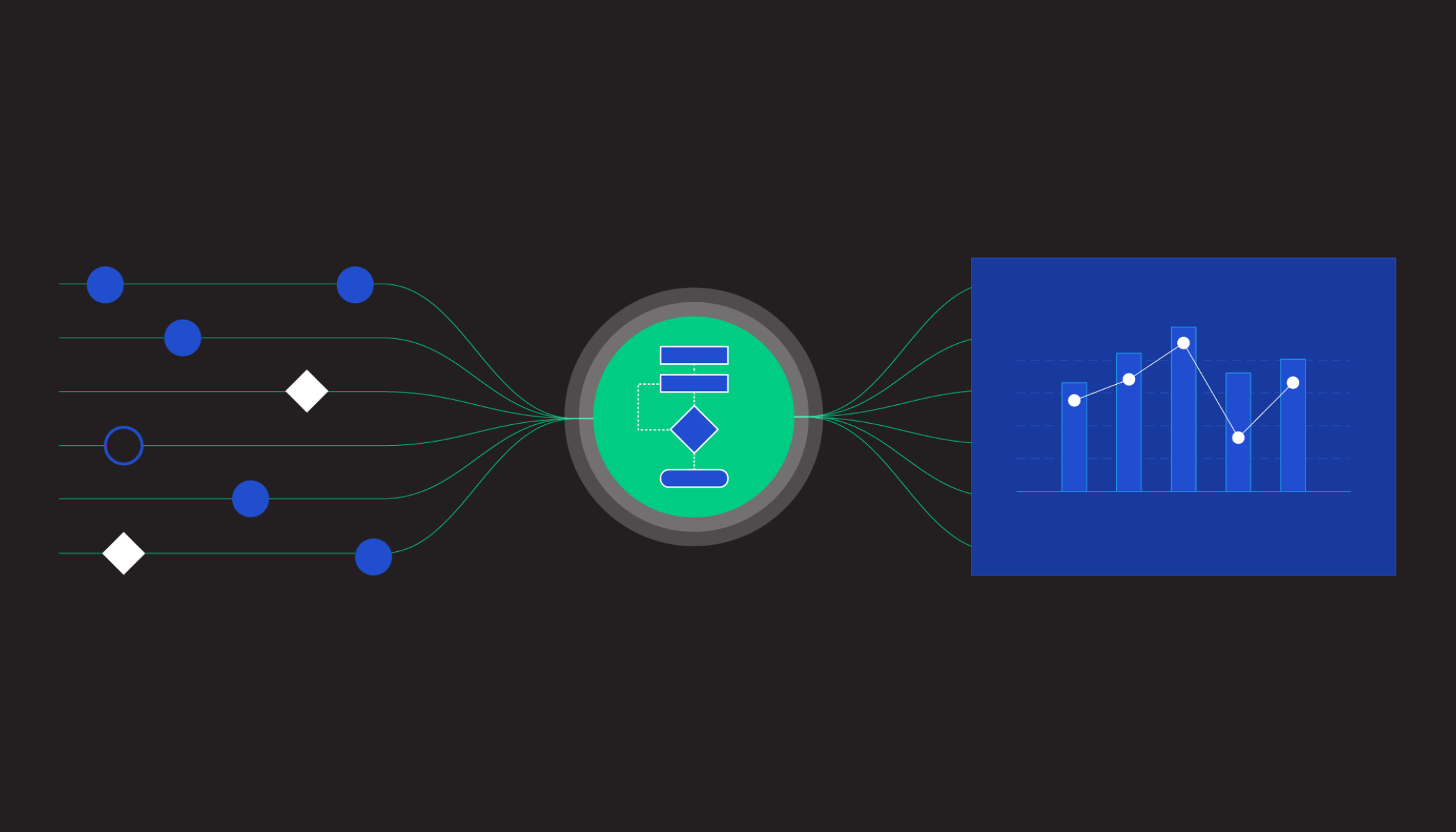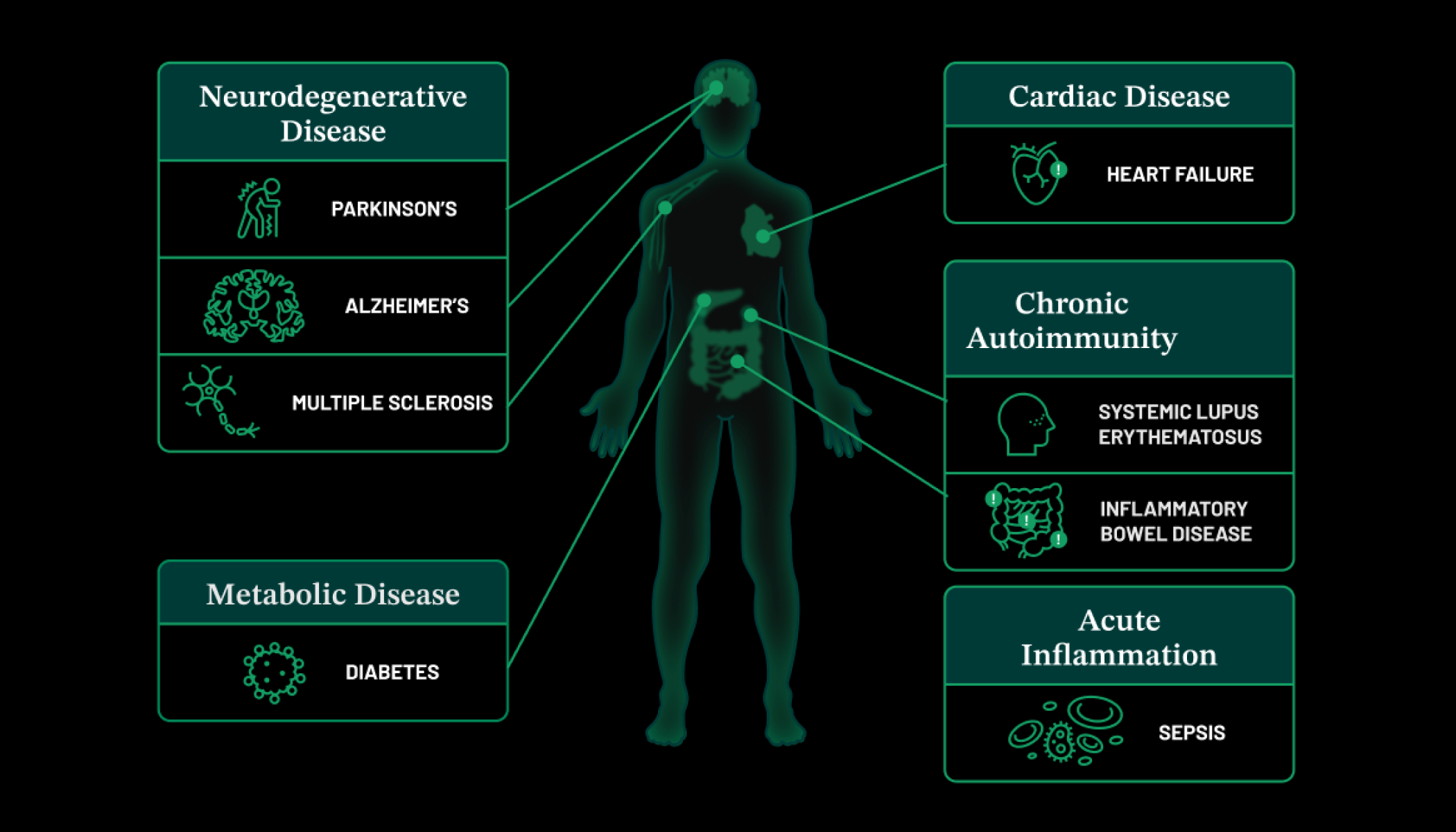Jul 18, 2024 · 6 min read
How Open Source Software Is Transforming Biomedicine
Open source software is essential for scientific discovery. A newly published report from CZI’s unique funding program highlights impacts and insights from our grantee community over the last five years.

New technologies and computational methods are critical to understanding more about human biology and finding new treatments and cures for disease.
For example, advanced imaging has been helping scientists visualize the inner workings of human cells, and molecular techniques have made it possible to decode signatures of health and disease at the single-cell level. With every new technology, open source software that is free and accessible ensures anyone can reuse and even improve such methods.
Despite the consensus amongst the research community that scientific open source software is crucial to modern research, the funding landscape for mature software projects has remained limited.
Thanks to EOSS … We work in the open, turn our project into a community project, and thus, it doesn’t rely anymore on single individuals or groups. It becomes sustainable.
To address this gap, CZI’s Essential Open Source Software for Science (EOSS) program has been committed to supporting the maintenance, growth, development and community engagement of computational tools that are key to the success of modern biomedical research. Launched in 2019, this program has supported 193 grants over six funding cycles. Our program is one of the largest — if not the largest — funding initiatives to address the needs of maintainers and communities of critical open source software for science.
In a new, comprehensive report, we set out to assess the impact of the EOSS program to date from multiple perspectives and various data sources. Below are some key learnings.
The Hidden Impact of Open Software in Science
Measuring the impact of open source scientific software has been an ongoing challenge for researchers and funders in this space. Open science strives for the universal and immediate open sharing of all scientific knowledge, processes and outputs, which means sharing resources fast and iterating often.
While this is common to software culture, the scientific community has historically focused on milestone scholarly publications to mark significant impact. These publications typically focus on research results rather than the development of methods. While some publications do highlight new methods, the iterative nature of software development and slow publication timelines make milestone papers less ideal for marking the true impact of software.
For this reason, we looked to other metrics and outputs when evaluating the success of this program.
While you can find more detailed descriptions and analyses in the full report, three exciting themes are worth highlighting.
Theme #1: Community
Open source software for science is primarily designed and maintained by scientists, for scientists. Still, it often reaches a critical phase where it needs more resources to manage a large community of users and contributors effectively.
The sustainability of communities is especially challenging in academia where there is, by design, high turnover in labs as graduate students and fellows who may have led software projects graduate or move on to future opportunities. Funding can help software projects foster and grow communities of contributors that can support their ongoing development.
Robert Haase, one of the developers of an EOSS-funded project, says, “Thanks to EOSS, we have an alternative scheme: We work in the open, turn our project into a community project, and thus, it doesn’t rely anymore on single individuals or groups. It becomes sustainable.”
Open source software development is fundamentally collaborative and social, and all EOSS-funded projects are expected to have a code of conduct that codifies values and norms to encourage a software project’s community to be welcoming and supportive of diverse participants. Funding enabled many grantees to create a code of conduct for the first time or develop better practices for their existing ones.
Codifying collective norms in this manner is an important step towards building productive, global and sustainable communities of scientific open source. This is especially important as funding provides the resources for collaboration. Nearly half of all funded projects reported collaborative interactions with one or more other open source projects during the funding period.

Theme #2: Representation and Inclusion
CZI’s work in science aims to build a more inclusive, just and healthy future for everyone, a necessary part of which addresses who does research, what questions are asked, who participates, and who has access. This is very relevant to open source communities where a project’s leadership determines who the project serves and what priorities are identified. While efforts to improve diversity, equity and inclusion in open source are broadly recognized as critical, they tend to be deprioritized when projects are under-resourced.
Jonathan Peirce of EOSS-funded project PsychoPy shares, “CZI funding meant that we could hire someone with DEI as the key component to their job, which means it doesn’t get forgotten.”
Over half of our grantees reported EOSS funding as key to improving their open source project communities’ diversity, equity and inclusion. We saw these efforts coming through in a variety of ways, including:
- Developments related to improving the accessibility of the user interface for people with disabilities, which enhances the user interactions for everyone.
- Translations of software-related materials into more languages, including, most commonly, Spanish, Portuguese and French.
- Making their software and associated materials more accessible to new demographics of researchers, for example, through online workshops.
Since each project funded through EOSS serves a vast global audience, such improvements to who can use and contribute back to software projects can have a massive impact.
Read more: Accelerating Open Science in Latin America
Theme #3: Biomedical Applications
As biomedical research increasingly relies on computational methods, the software projects funded by the EOSS program have rapidly grown in demand. While quantifying software use in the broad academic literature can undercount impact, we still found that funded projects were extensively mentioned in the biomedical literature, often growing significantly over a few years.

Several projects generally used in scientific research reported using their EOSS funding to expand their software to address the needs of biomedical scientists.
Other projects provided tools supporting reproducible scientific practices for biomedicine or were integrated into platforms accelerating biomedical research.
For example, six EOSS-supported software tools were used to develop AlphaFold, a breakthrough AI system that accurately predicts the 3D models of protein structures.
Connecting all scientific breakthroughs to the open source software that enabled them can be challenging. Mapping these networks is crucial to further transform the funding landscape and better support the needs of open source communities.
Also read: How Open Source Increases Access to Computational Tools for Every Scientist
The Future of Scientific Discoveries Lies in Open Source
While we’ve only scratched the surface of impact, it is clear that future scientific discoveries will be increasingly dependent on scientific open source software. Building and connecting a sustainable scientific open source community is essential to advancing science, particularly in pursuit of our mission to cure, prevent or manage all diseases by the end of the century.
Explore more in the full Essential Open Source Software for Science report.





